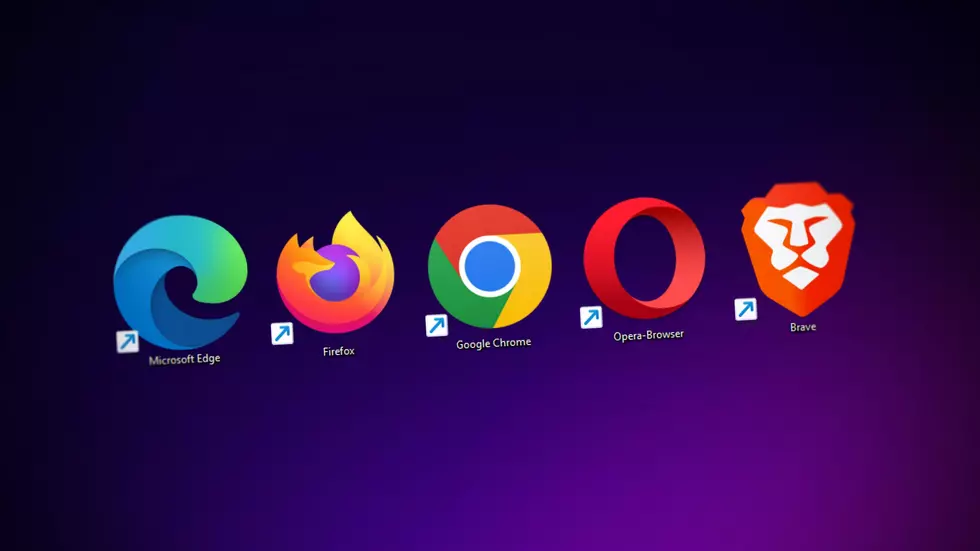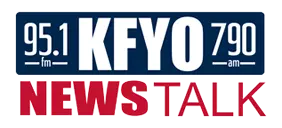
The Geek Girl Report: What’s The Deal With Web 2.0?
Last week, I received a call from one of my readers, asking me what I knew about “Web 2.0.” And honestly, I knew about as much as he did: nothing. But the Geek Girl is always up for a challenge, and so I did a little investigating on the subject. And while I may not have found a concrete definition for what Web 2.0 is, I did find a lot of familiar concepts that make it up.
What is Web 2.0?
The term Web 2.0 was first coined in 2004 by Tim O'Reilly (not to be confused with Bill O'Reilly...) and his team at O'Reilly Media when they were attempting to describe the state of the World Wide Web after the "dot com crash" in 2000. Back then, web pages were simply there to display information that users could either view or download, and that's it. But Web 2.0 saw a different sort of Internet, where users and companies could interact with one another, share information quickly, and have a greater amount of control over the content they see.
Now, nearly 10 years later, it's safe to say that O'Reilly's vision has come to fruition. Web 2.0 encompasses a huge number of different features and applications that have now become so popular and so heavily integrated into Internet culture, it’s hard to imagine how we got by without them. Here’s just a few examples of Web 2.0 technology:
Social Networking
If you're talking about user interactivity and sharing information quickly, you have to talk about social networking. What started out with MySpace, (which is, surprisingly, still around) has now evolved into social networking super giants like Facebook and Twitter, sites that allow pretty much anyone to connect with, well, pretty much anyone, and share information to a large number of people in record time. Love it or hate it, social networking is here to stay, and is a perfect example of what Web 2.0 is all about.
Blogs and Podcasts
Another big point of Web 2.0 is the emphasis on user-generated content. And what better way to both generate content and spread information than by using blogs and podcasts? From big name sites like YouTube and iTunes, to right here at KFYO.com, it's easier than ever for users to create content and not just share it with others, but get some actual feedback on it.
Wikis
While user-generated content is a big part of Web 2, it's not just about posting the content. It's also about giving people the freedom to alter that content. Wikipedia is a great example of this concept; an online encyclopedia that give its users the freedom to add more content and to elaborate on the content already there. Of course, this concept doesn't come without problems. Many critics of Web 2.0 have said that making content so easy to alter will have damaging effects on the credibility and ethics of the entire site. And they do bring up a good point; you can't rely on Wikipedia to get it right all the time. But for the most part, the ability to let users modify content at will seems to be working out just fine.
If you have a technology topic you’d like me to write about, let me know in the comments section below!
More From News/Talk 95.1 & 790 KFYO









